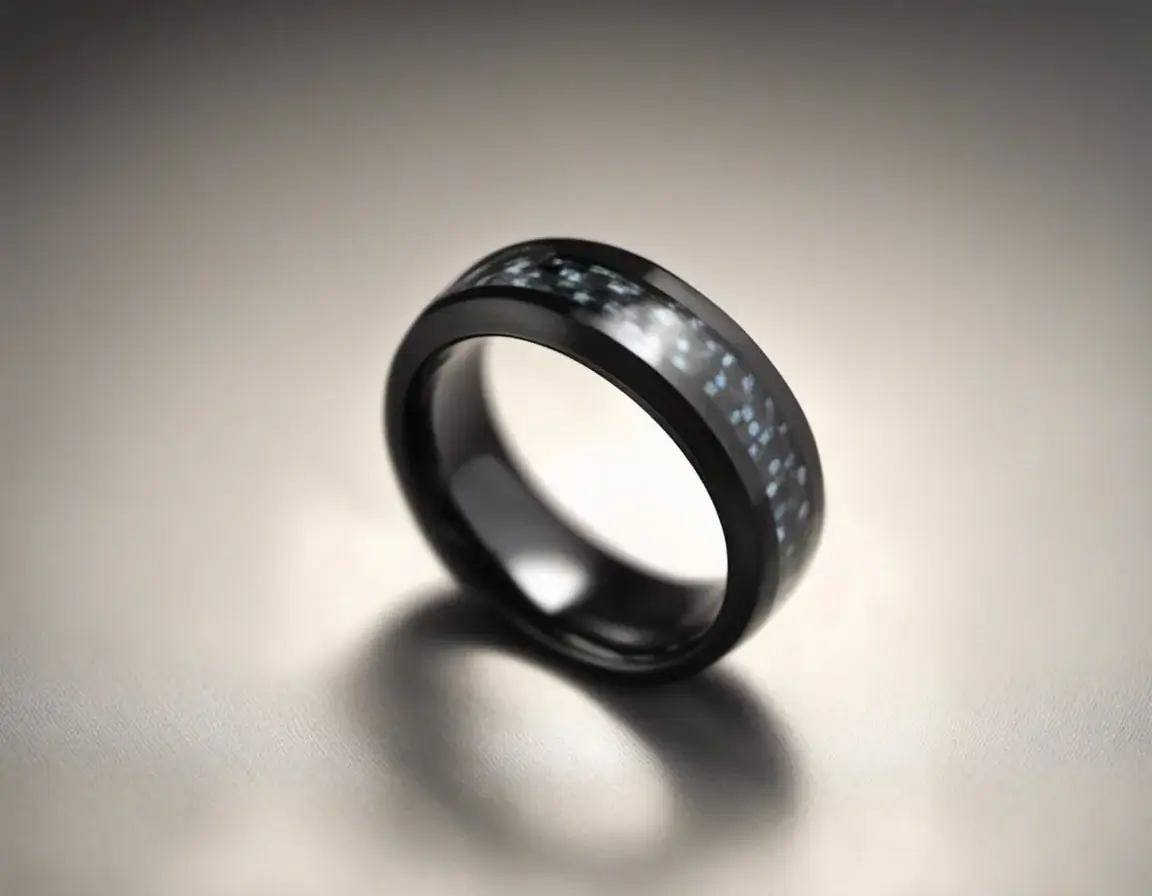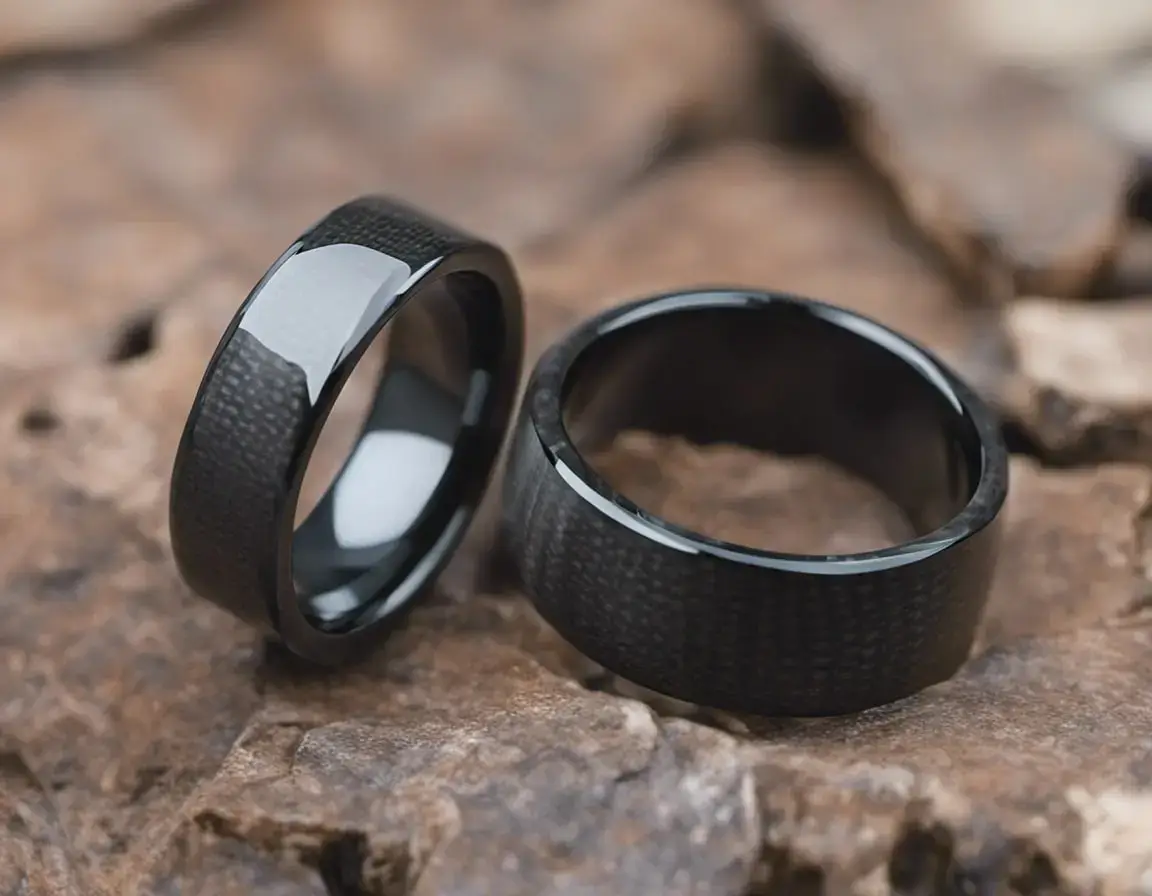Engagement rings hold profound cultural significance across the globe, symbolizing a promise of love, commitment, and lifelong partnership between two individuals. In Western cultures, diamond rings gained popularity in the 20th century, while Asian cultures have embraced the practice more recently due to globalization. Middle Eastern and Islamic cultures display diverse practices, from diamond rings to traditional jewelry pieces. African cultures vary widely, with some adopting Western customs and others following traditional practices. Jewish culture incorporates a plain gold ring during the betrothal ceremony, while Latin American countries also embrace diamond rings and heirloom jewelry. Despite differences, the universal essence of engagement rings remains the celebration of love and the intention to create a shared future together.
Historical Evolution of Engagement Rings
The historical evolution of engagement rings is a fascinating journey that spans thousands of years and involves various cultures and traditions. The practice of giving rings as a symbol of engagement and commitment has evolved over time, reflecting changes in social norms, religious beliefs, and economic factors.
Ancient Origins
The concept of using rings as a symbol of betrothal dates back to ancient civilizations. The ancient Egyptians, around 2800 BCE, believed that the circular shape of a ring symbolized eternity and eternal love. They would exchange braided hemp or reed rings as a promise of commitment. Similarly, ancient Romans used iron rings to signify a formal agreement of marriage, showing the woman’s acceptance of the groom’s ownership.

Medieval Period
During the Middle Ages, the tradition of engagement rings became more prominent in European cultures. Rings made of precious metals, such as gold or silver, were given as a pledge of love and fidelity. These rings often featured intricate engravings and gemstones. In some cases, engagement rings were used as a public display of a woman’s taken status.
Renaissance Era
The Renaissance period saw a surge in the popularity of gemstones in engagement rings. Diamonds began to gain favor due to their beauty and rarity, though other colored gemstones were also used. In 1477, the Archduke Maximilian of Austria presented a diamond ring to Mary of Burgundy, which is often considered one of the earliest recorded instances of a diamond engagement ring.
19th Century
The 19th century marked a significant turning point in the history of engagement rings. The discovery of diamond mines in South Africa led to a substantial increase in the availability of diamonds, making them more accessible to the general public. In 1886, the Tiffany & Co. introduced the “Tiffany Setting,” a six-prong setting that showcased the brilliance of the diamond, setting the standard for modern diamond engagement rings.
20th Century
The marketing efforts of diamond companies, most notably De Beers, played a crucial role in popularizing diamond engagement rings in the 20th century. Their iconic slogan “A Diamond is Forever” emphasized the everlasting nature of love, cementing the diamond’s association with engagement rings. Diamonds became the norm in Western cultures, symbolizing commitment and enduring love.
Contemporary Trends
In recent times, engagement ring trends have become more diverse and individualistic. While diamonds remain popular, there is a growing interest in alternative gemstones and unique ring designs. Some couples opt for vintage or antique rings, while others choose to create custom designs that reflect their personal tastes and values.
The historical evolution of engagement rings demonstrates how this tradition has been shaped by cultural, social, and economic influences throughout history. Despite the changes, the core sentiment behind engagement rings – a symbol of love and commitment – has remained a timeless and cherished tradition across cultures.
Engagement Ring Traditions in Western Cultures
In Western cultures, engagement ring traditions have evolved over time to symbolize a promise of love and commitment between two individuals before their marriage. The practice gained popularity in the 20th century, fueled in part by successful marketing campaigns by diamond companies like De Beers. Diamond engagement rings became the norm, representing enduring love and strength due to the diamond’s hardness. However, other gemstones and ring designs are also common, reflecting individual preferences and cultural diversity. The act of presenting an engagement ring serves as a public declaration of intent to marry, and it has become an integral part of the Western wedding ritual, signifying the beginning of a lifelong partnership and shared journey together.

Dusk Princess Diamond Ring
The Dusk Princess Diamond Ring with its unique channel wedding band, handcrafted to perfection and customizable with various materials, makes for a luxurious and timeless engagement ring suitable for Western cultures. The inlaid princess cut diamonds alongside the pure black channel add a captivating and eye-catching element, ensuring that it will turn heads and stand out on any special occasion. The option to choose from black ceramic, tungsten carbide, silver, stainless steel, gold, or platinum allows for personalization to match individual preferences. With a patented polishing and stone setting method that guarantees infinite polish quality and secured gemstones, this ring ensures long-lasting beauty and brilliance. Its elegance and distinctive design make it a perfect choice for those looking to express their love and commitment in a unique and sophisticated way.
Non-Diamond Engagement Rings in Western Societies
In Western societies, non-diamond engagement rings have gained popularity as an alternative to the traditional diamond-centric approach. Couples are increasingly embracing diverse gemstones and unique ring designs that reflect their individual styles and preferences. Some opt for gemstones like sapphires, emeralds, rubies, or moissanite, which offer stunning beauty and durability while presenting a more personalized and meaningful choice. Additionally, ethical and environmental considerations have influenced the trend towards non-diamond rings, as people seek alternatives that align with their values and reduce the potential negative impacts of diamond mining. Non-diamond engagement rings have become a symbol of love and commitment that showcases the couple’s distinct tastes and conscious choices in contemporary Western engagement traditions.





Leave A Comment